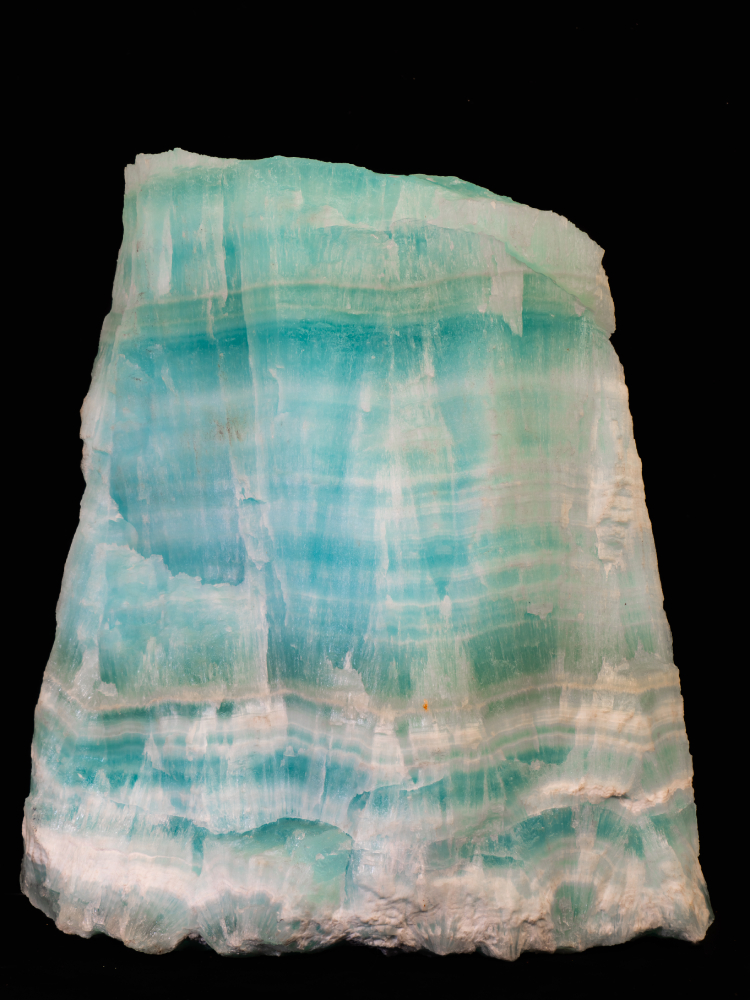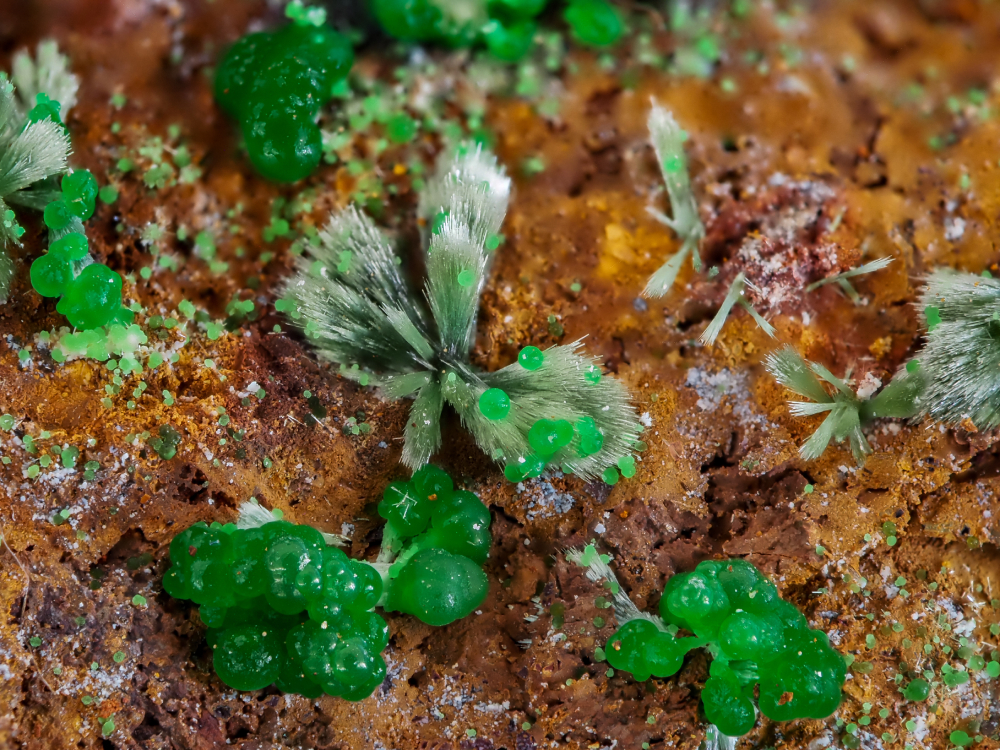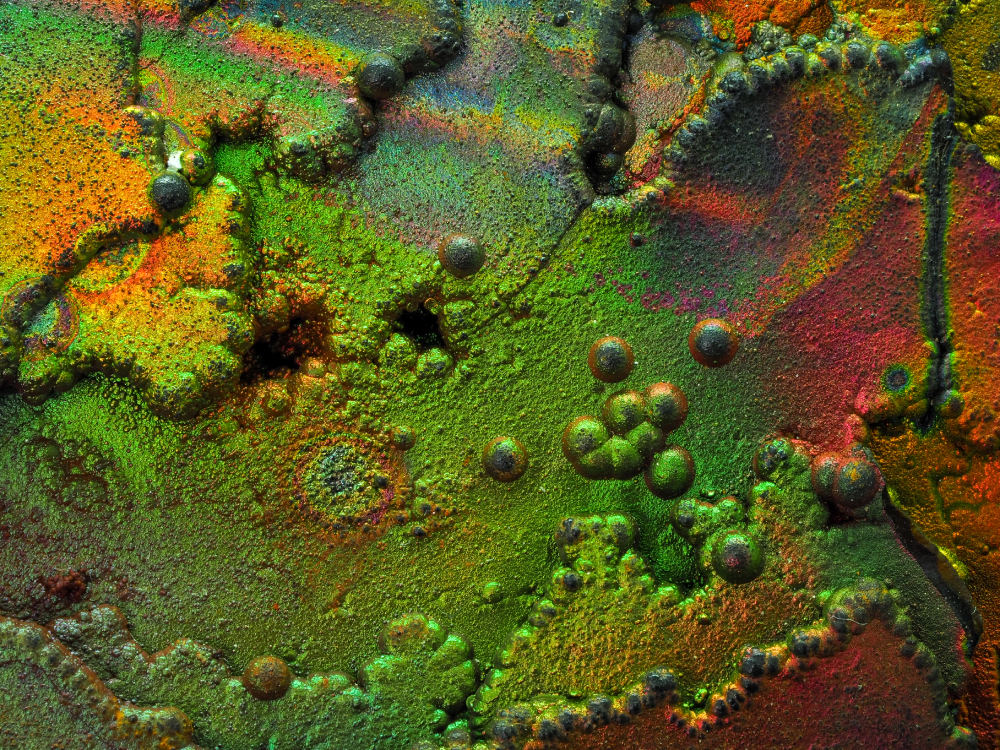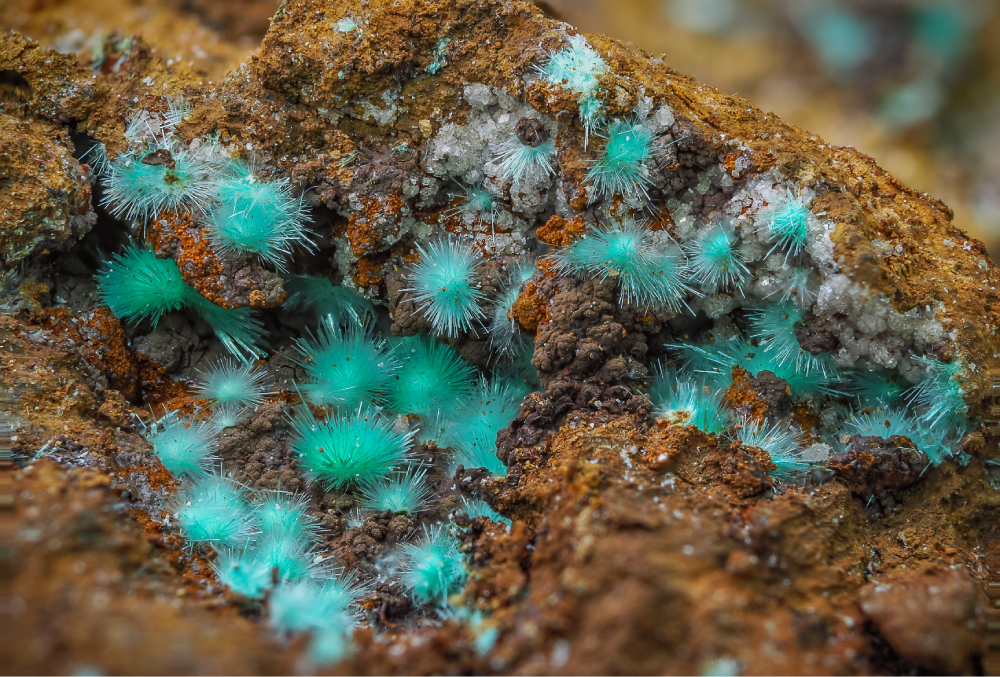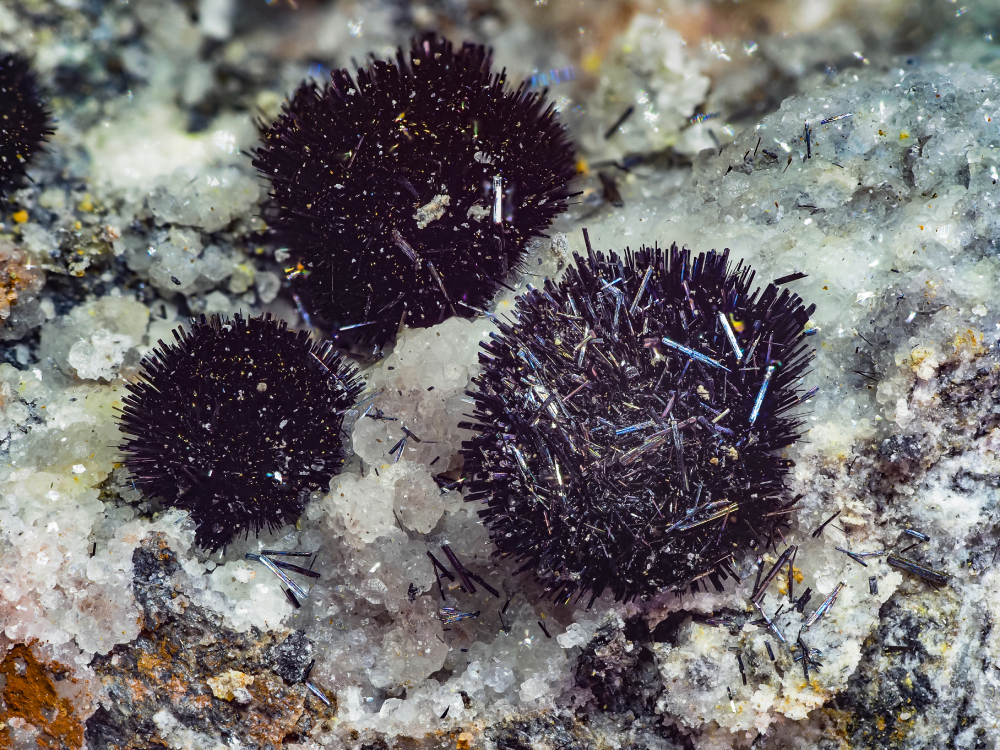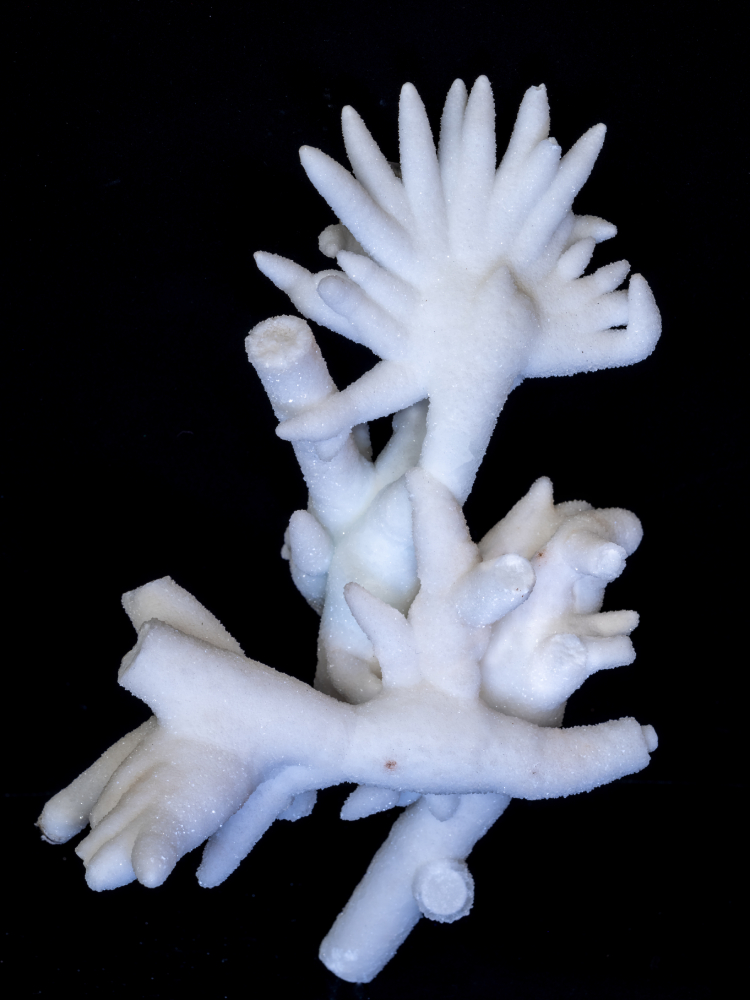The rich collection of specimens from the wider area of the Lavrion land is exhibited in a wall display case that occupies most of the right side of the main hall of the Museum.
The Lavreotiki peninsula is a coastal area in Southeast Attica and got its name from the hundreds of "layres", i.e. the underground mining galleries that exist in the area since 3200 BC.
The vast collection of specimens from the wider area of the Lavreotiki is exhibited in a wall display case that occupies the largest part of the right side of the main hall of the Museum. The Lavreotiki peninsula is a coastal area in south-east Attica, which took its name from the hundreds of "lavres", which refers to the undreground mine galleries that existed in the area as early as 3200 BC. The Lavreotiki land, the well-known "argyritis (silver) land", was a huge mine and is considered the largest and most important from a technological point of view and the longest-lived in the entire Greek area. It was widely known since classical times for silver mining, which was one of the main sources of income for the city-state of Athens for the production of coins and the financing of the Athenian fleet in the victorious Battle of Salamis. In recent times (1864), the revival of the mines of the region and the foundation of the city of Lavrion was carried out by the mineralogist Andreas Cordellas, who realized the economic importance of the mineral wealth of the region, where subsequently the mining and metallurgical companies were founded by I.V. Serpieri and his associates, for the exploitation of this enormous wealth.
To the universal scientific community the Lavreotiki peninsula is known because of its unique geology and processes that took place, its rich world-class deposits and the multitude of its different minerals that correspond to more than 12% of the world's mineral variety, of which 32 were firstly discovered worldwide in Lavreotiki.

